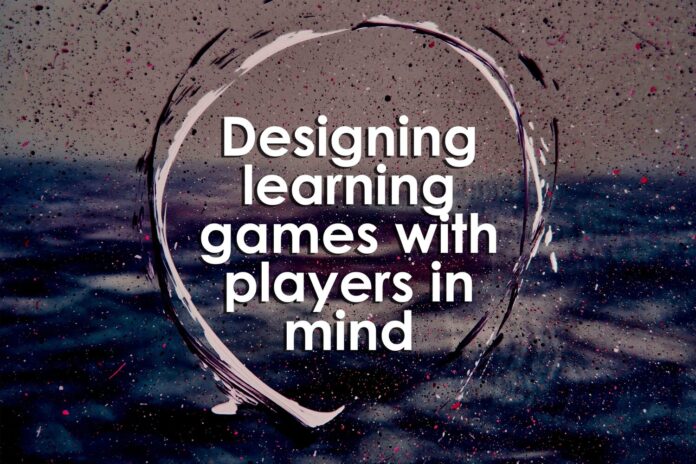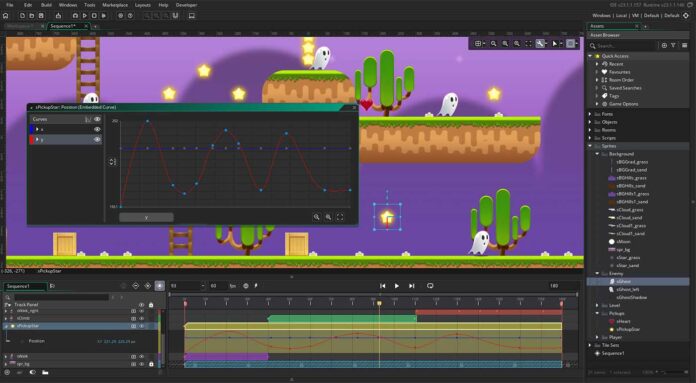In recent years, game design has seen an unprecedented surge in interest among schoolchildren and students. From elementary schools to universities, an increasing number of young individuals are choosing to venture into this dynamic and creative industry.
This article delves into the reasons behind this trend, exploring the factors that have propelled game design into the spotlight of educational and career choices for today’s youth.
The Ease Of Learning

The ease of learning game design has emerged as a compelling reason for the increasing number of schoolchildren and students venturing into this field. With the advent of user-friendly game development tools and accessible resources, students find it more approachable to delve into the world of game design.
Game engines like Unity and Unreal Engine provide intuitive interfaces and a wealth of tutorials, allowing beginners to quickly grasp the fundamentals of designing games.
Moreover, the prevalence of online communities and forums fosters a supportive learning environment where students can seek guidance and collaborate with like-minded individuals. As a result, young learners are empowered to experiment, iterate, and bring their creative visions to life, sparking a sense of excitement and accomplishment that fuels their passion for game design.
In addition to accessible learning resources, the availability of academic assistance services have further contributed to the appeal of game design as a career choice. Ono of such platforms is: https://paperwritten.com/term-paper-topics.htm
These platforms offer the help students may need with their assignments, freeing up valuable time dedicated to pursuing their interests in game design. By providing professional support with academic tasks, students can balance their academic responsibilities and their passion for creating games.
This equilibrium encourages them to explore game design without feeling overwhelmed by the academic workload, ultimately fostering a positive learning experience and increasing the attractiveness of game design as a fulfilling and feasible career path.
Growing Popularity of Video Games
The exponential growth in the popularity of video games is undeniably one of the primary driving forces behind the surge in interest in game design. With the gaming industry becoming a multi-billion-dollar market, students are increasingly drawn to the idea of creating their immersive virtual worlds and interactive experiences. The success stories of game developers and their impact on global culture further inspire aspiring designers to pursue this path.
Accessible Game Development Tools

Advancements in technology have democratized game development, making it more accessible to novices and enthusiasts alike. User-friendly game engines like Unity and Unreal Engine have lowered the entry barriers, enabling students to experiment and bring their creative ideas to life without extensive coding knowledge. Moreover, abundant online tutorials and communities foster a supportive learning environment, nurturing young enthusiasts’ passion for game design.
Integration of Game Design into Education
Educational institutions have acknowledged the value of incorporating game design into their curriculum. They acknowledge that game design promotes crucial skills such as problem-solving, critical thinking, and collaboration.
As a result, many schools have introduced game development courses or extracurricular programs, encouraging students to explore their interests in this field. This integration legitimizes game design as a viable career option, boosting its appeal among aspiring learners.
Diverse Career Opportunities

The game design industry boasts many diverse career opportunities beyond traditional game development roles. It captivates students with many possibilities, from creative positions like concept artists and writers to technical roles like sound designers and quality assurance testers. This rich variety of options allows aspiring designers to find their niche and explore their passions within game design.
Moreover, the increasing demand for gamification in diverse sectors, including education, healthcare, and marketing, has expanded the industry into new domains. Game design skills have proven invaluable in creating engaging and interactive experiences beyond entertainment. This broad application scope has intrigued young minds, inspiring them to envision their talents making a tangible impact in various real-world settings.
As a result, the allure of pursuing a career in game design goes beyond simply crafting games, presenting an exciting prospect for students eager to contribute their skills to many industries.
Strong Indie Game Development Culture
The rise of successful indie game developers has created a vibrant subculture that celebrates innovation and creativity. The indie game development scene has proven that a small team or even an individual can create influential and commercially successful games. This “do-it-yourself” ethos resonates with aspiring young designers, motivating them to explore their ideas independently and consider entrepreneurship a viable route in the game industry.
Influence of Esports and Game Streaming

Esports events and game streaming platforms have emerged as significant influencers on the gaming landscape. The competitive nature of esports has sparked a new interest in the underlying game design aspects, with students intrigued by the challenge of creating games that can engage a broad audience in both casual and competitive settings.
Furthermore, the popularity of game streaming platforms like Twitch and YouTube Gaming has exposed young creators to a vast audience, inspiring them to envision their games being played and enjoyed by players worldwide.
Recognition of Games as an Art Form
Games are increasingly acknowledged as art, blurring the lines between storytelling, visual arts, music, and interactive experiences. As this perception grows, students passionate about art, design, and storytelling see game design as a unique medium to express their creativity. The prospect of contributing to a medium that elicits emotions and immersive experiences drives students to explore game design as a viable means of artistic expression.
Conclusion
The surge in schoolchildren and students choosing game design as their field of interest can be attributed to various factors. The booming popularity of video games, the accessibility of development tools, integration into education, diverse career opportunities, the indie game development culture, the influence of esports and game streaming, and the recognition of games as an art form all play a significant role in propelling this trend.
As these factors continue to intertwine and evolve, the allure of game design is likely to persist, shaping the future of this dynamic and ever-expanding industry. Whether they seek to create innovative experiences or revolutionize storytelling, the journey into game design offers young minds a world of boundless possibilities.
